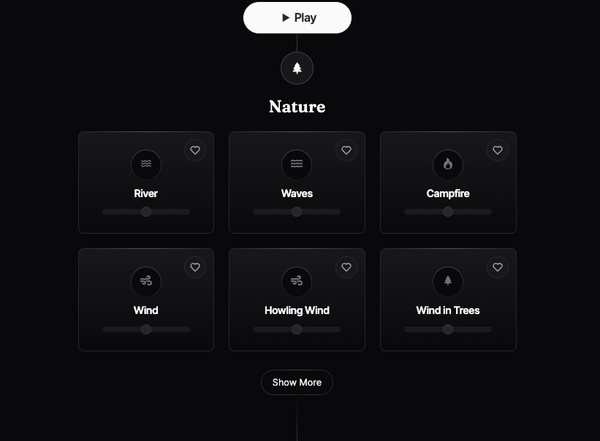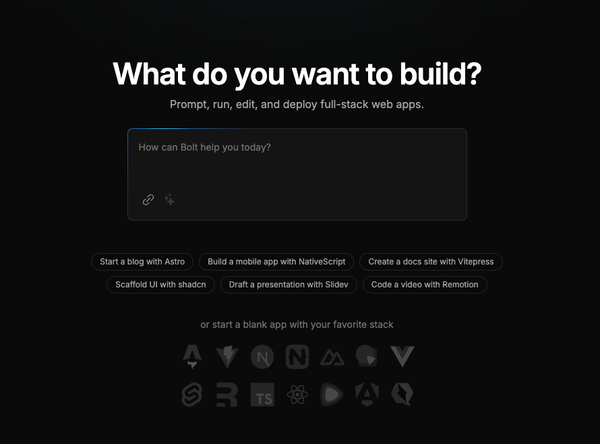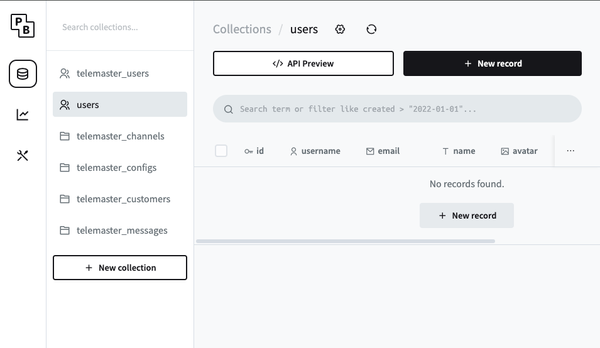How to Display HTML within Astro?
Table of Content
What is Astro?
Astro is an exceptional and highly versatile framework that is perfectly designed for the construction of static websites, placing HTML at the forefront. It not only offers support for server-side rendering but also accommodates hybrid rendering, making it a flexible choice for various project requirements.
As a content-first framework, Astro stands out in its ability to enable users to create incredibly fast websites. It achieves this by utilizing a highly effective method, where the content is either read directly from specific folders or fetched from an API, depending on the user's preference and the website's requirements.
The content that Astro can handle is diverse, ranging from Markdown, HTML, and XML to just plain text, thereby offering substantial flexibility in content management. The broad range of content formats that Astro supports means that it can accommodate a variety of website projects, from simple text-based blogs to more complex, multi-format web platforms.
Render HTML with Astro
In this post, our aim is to demonstrate a straightforward yet effective method to display HTML content on a page that has been generated using Astro.
This is required when rendering an HTML rich content directly from a CMS API.
By following this guide, you will learn how to leverage the capabilities of Astro to create a highly responsive, content-first website, effectively showcasing the versatility and power of this exceptional framework.
Display HTML with Astro.
Astro includes a highly useful directive that allows for the direct display of HTML. To use it, simply incorporate it within a Fragment:
<Fragment set:html={post.html}/>
You can also inject HTML directly into an element like:
---
const rawHTMLString = "Welcome <strong>to our blog</strong>"
---
<h1 set:html={rawHTMLString} />
<!-- Output: <h1>Welcome <strong>to our blog</strong></h1> -->Final Thought
In conclusion, this tutorial walks you through an efficient method to display HTML content on an Astro-generated page, showcasing the flexibility and power of this framework.
Injecting HTML text directly can be useful in various scenarios, such as when you need to import pre-existing HTML content, create complex layouts, or when you want to incorporate third-party widgets that use HTML.
By mastering this technique, you can leverage Astro's capabilities to create highly responsive, content-first websites, accommodating a wide variety of project requirements.











